Once inside, we began to identify the connectors:
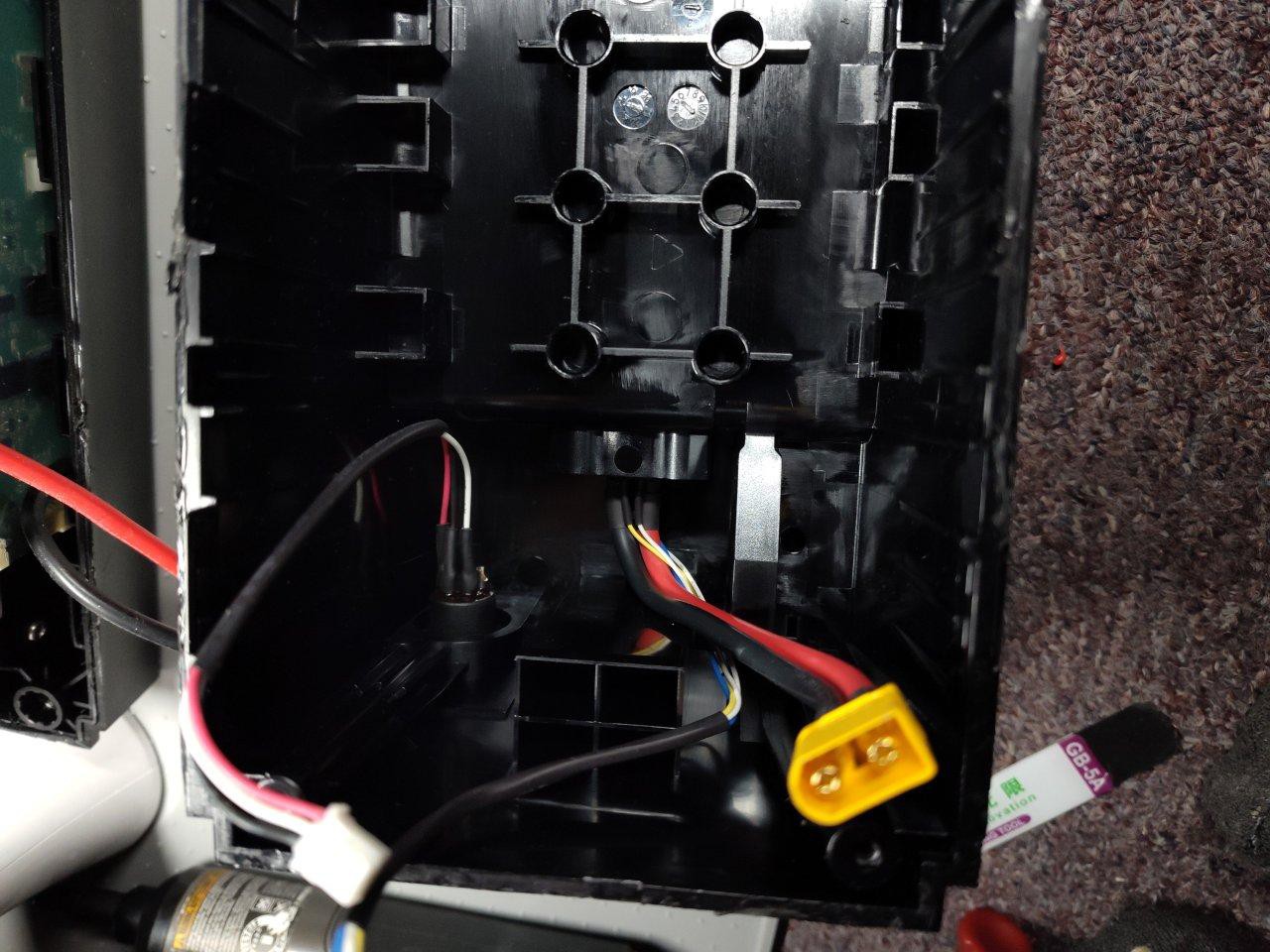

Nice chonky standard XT60 for the power port management. Great choice. Extremely large-gauge wire and legit heat shrinking, too.
Notice one of the pins on the XLR charging point is NC (no connection).
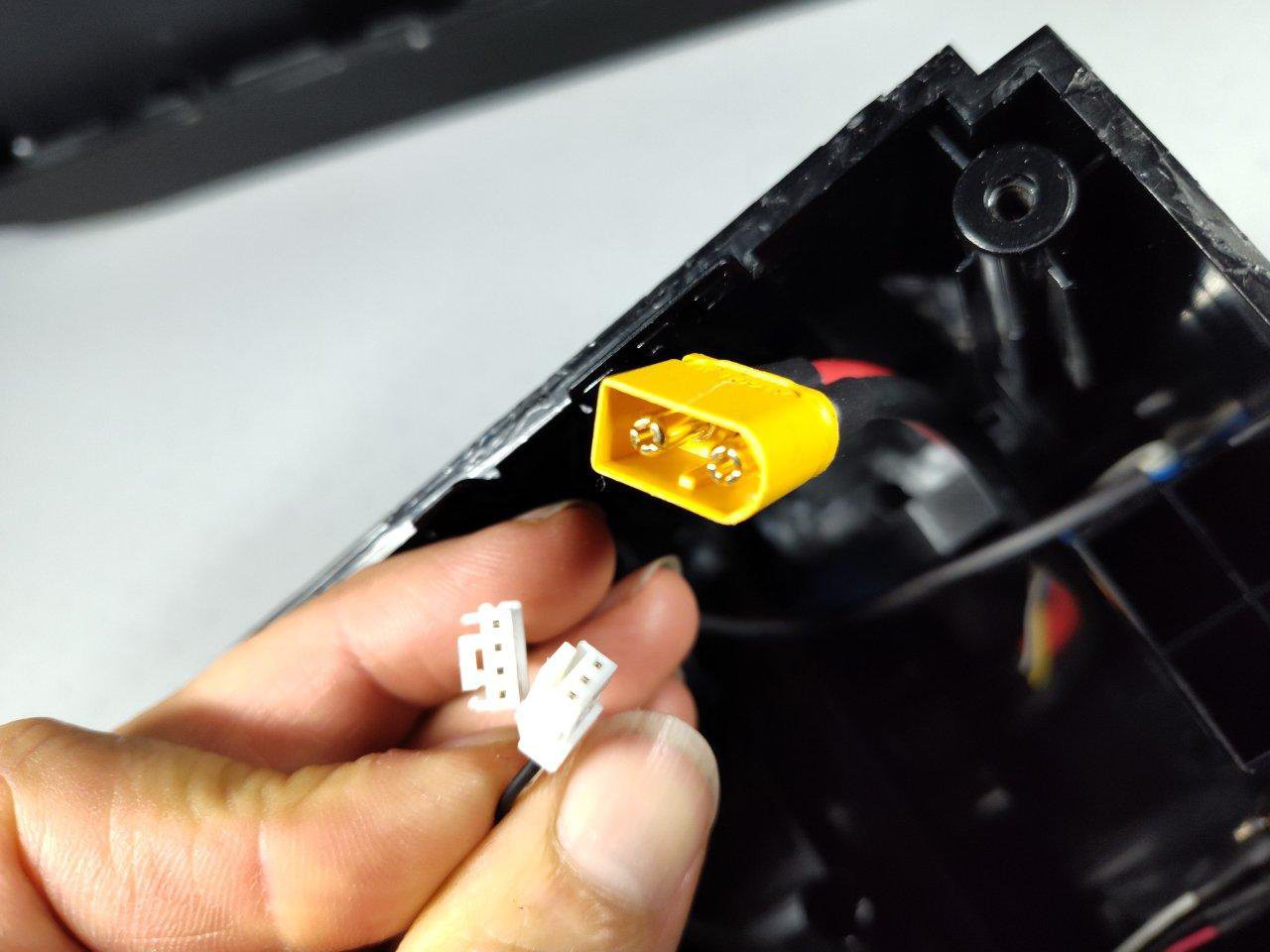
Next, we took a look at the other 2 plugs. The 3-pin white one is for the charger (goes to that 4-pin black XLR plug). The 4-pin white plug here is for the battery data, to communicate with the main CPU in the motor controller module.
The pin pitch appears to be 2.0mm. They look very much like JST-GH with the locking mech. Or something similar.

But what's this?? There's a *big* circuit board in here, and the entire thing is coved up in a squishy molded epoxy!

Here's our FETs...a few of them, actually. 2 small-ish ones, a large TO-263 FET, and a couple of LDOs - probably +5V and +3V3. The chip in the upper right is no doubt the MCU. Possibly an STM32.

On the right side there, is no doubt the Li-ion controller. I predicted it was one of the TI ones used so often in laptops.
The special "guts" is the Li-ion controller. Agent H asked me if I could make out any part numbers above the epoxy. It wasn't easy, but I worked at it with my portable microscope changing the angle of the light..
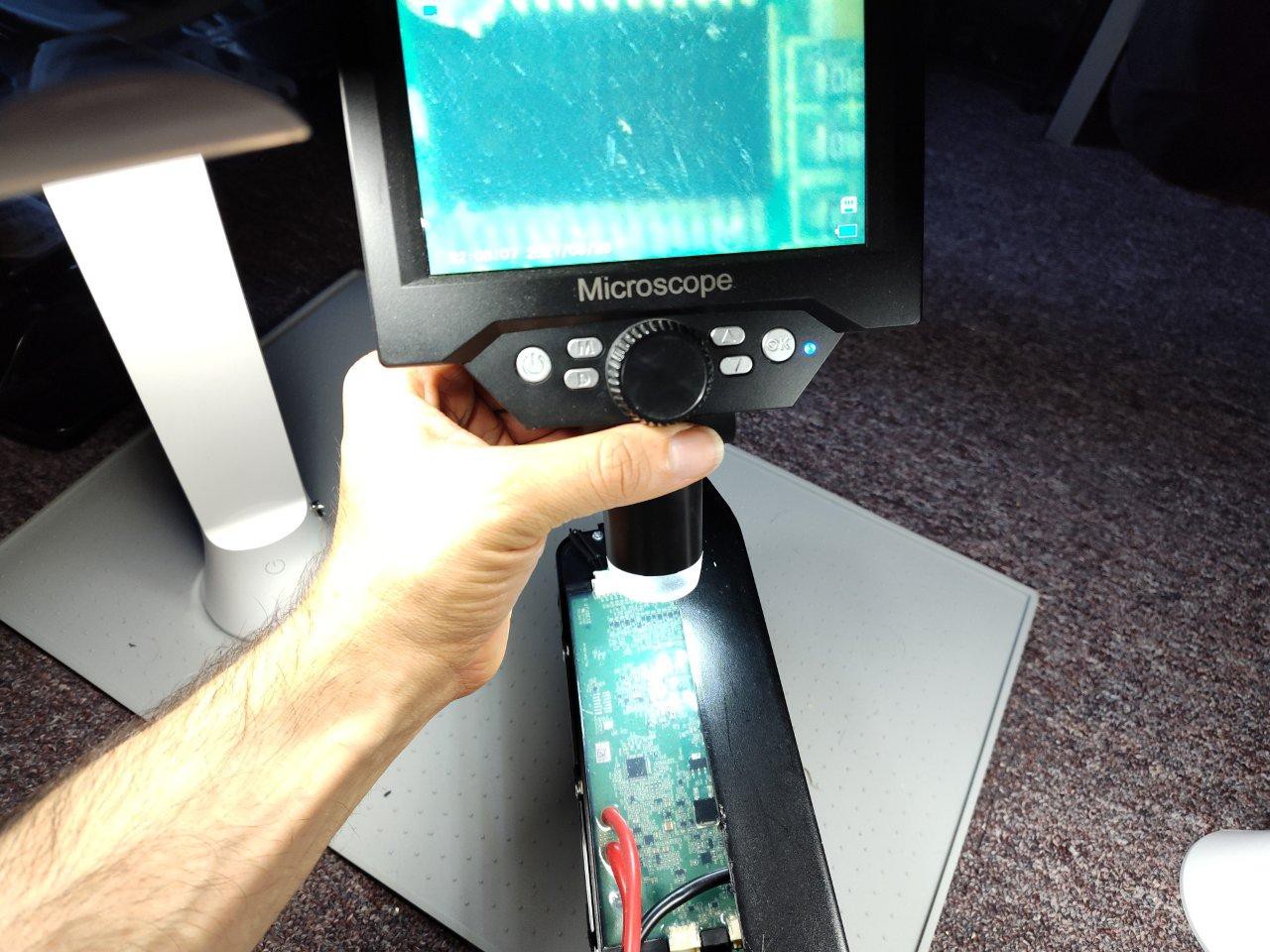
After a few tries...success! I read off the barely-legible text to my co-hacker to throw into a search engine. Sure enough, it's a TI chip, the BQ76930. (some more info here.)
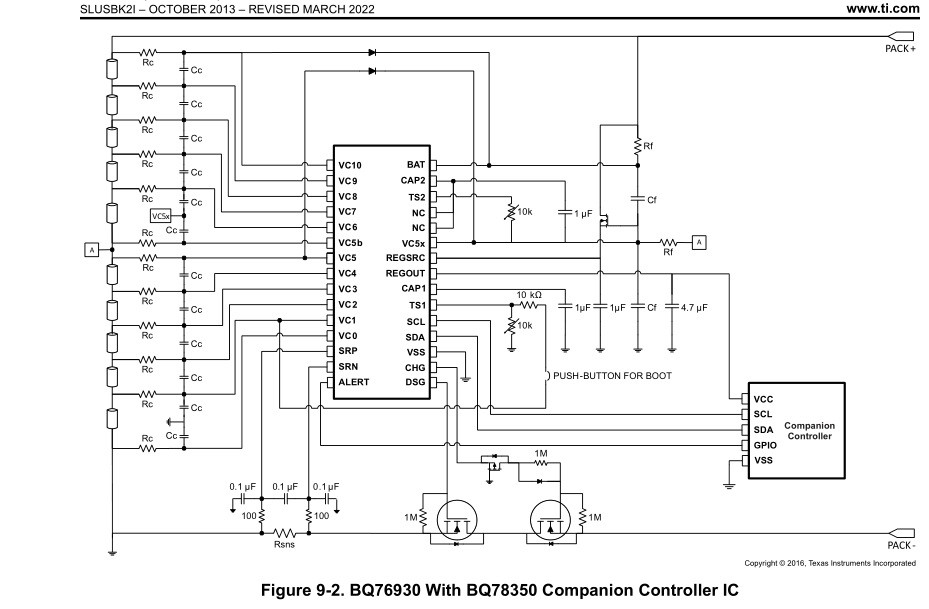
Standard stuff for Li-ion, really. I2C controllbus and 2x FET control for charge and discharging.
The battery MCU I suspect is an STM32 communicating to this via I2C. But what about those 4 output wires? We suspect it's a CAN bus protocol, a reliable differential communication used in car systems mainly. Here's the ouput plugs for it and the charging port:

And then here is the battery cell plug. Don't disconnect this unless you want to have a really bad day! It is very likely that the entire system is live-monitored, and will permanently kill itself if it senses any kind of voltage problem (for safety, of couse- )
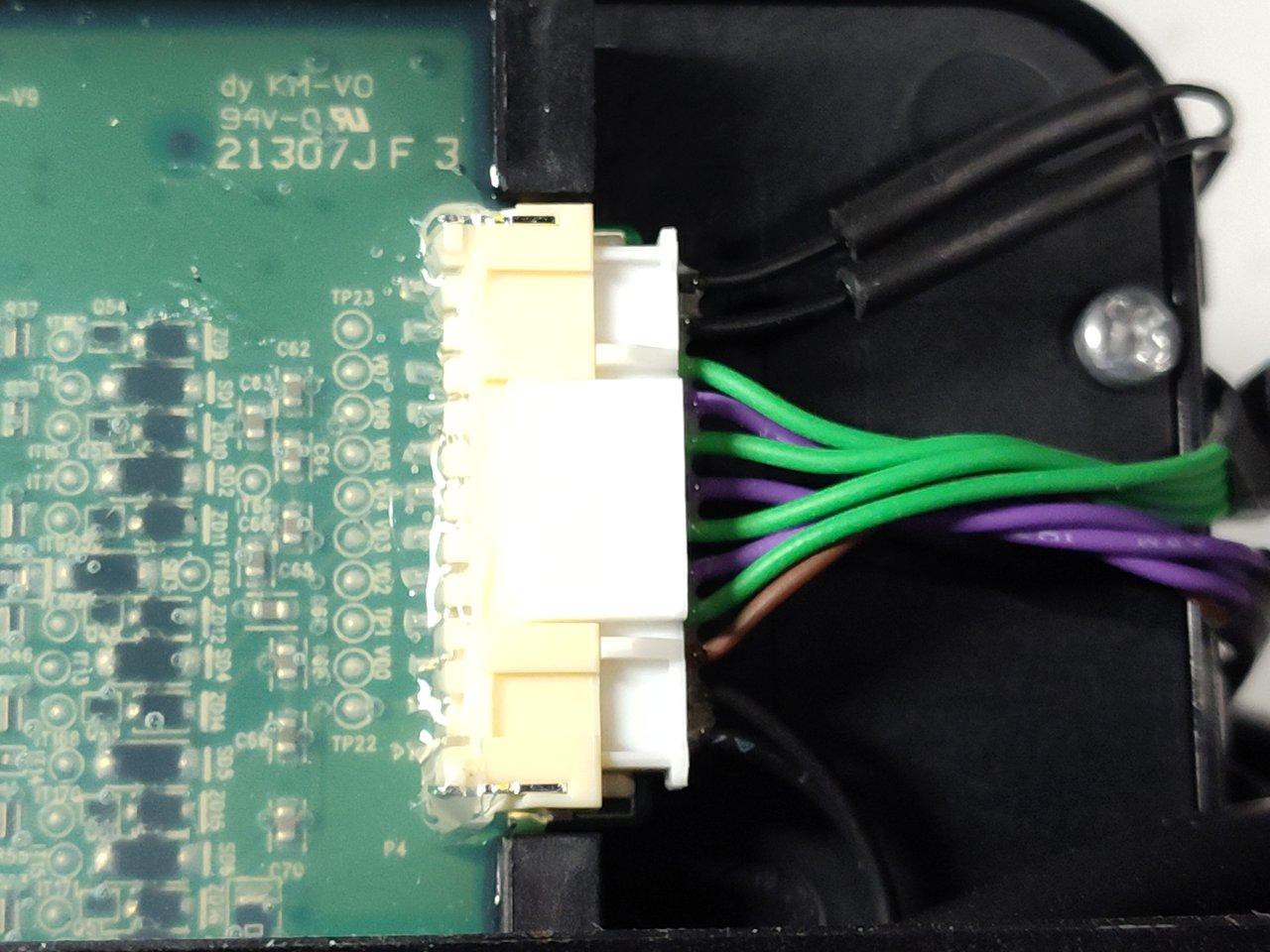
Only a factory re-program could save it in such a case, but we don't have access to that of course. So I'm leaving this guy plugged in for sure!
[To be continued...]
 CriptasticHacker
CriptasticHacker
Discussions
Become a Hackaday.io Member
Create an account to leave a comment. Already have an account? Log In.